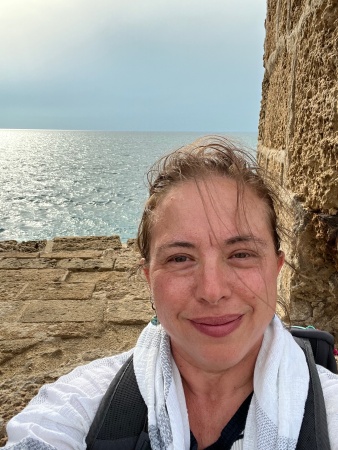
The parshah (Torah portion) for May 4, 2024 is Acharei Mot, Leviticus 16:1-18:30. It explains how to approach the divine and who should approach the divine in the context of establishing a yearly day of atonement to absolve the people of their sins. This atonement day proscribes various rituals for the high priest to perform that day including immersions in ritual baths, special clothing, many animal sacrifices and sprinklings of blood, an incense offering, and a goat let loose in the wilderness carrying the sins of the community. In addition, the parshah warns against idolatry and forbids the drinking and eating of an animal’s blood, as it contains its soul. The parshah ends with a list of prohibited sexual relations. This is a tricky parshah as it is often cited as proof that homosexuality is forbidden by the deity, and this has caused much pain and struggle for us within the LGBTQ+ community.
Continue reading “Acharei Mot: Build Each Other Up.”






